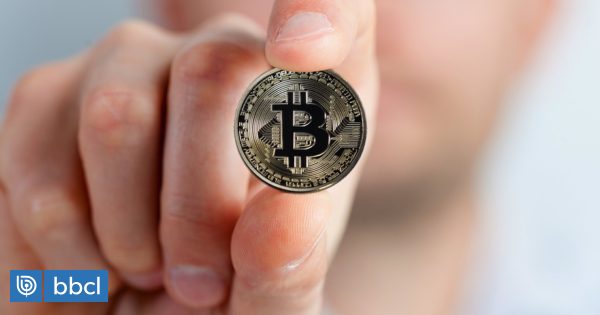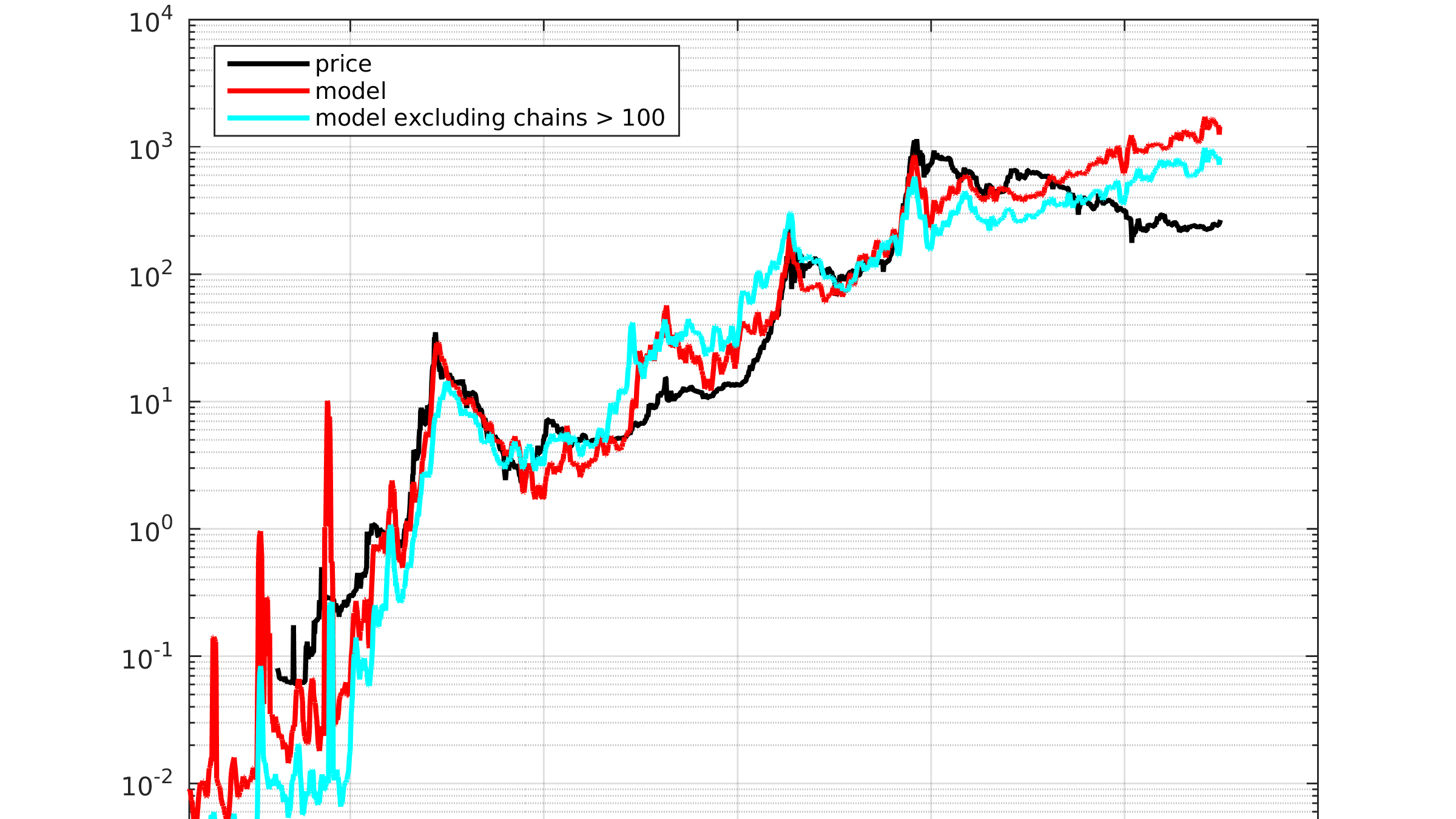

Global central banks, for example, held more than $1.65trn in gold reserves in Q2 2021 and would struggle to allocate any significant capital to BTC.īut hedge funds and investment banks are increasing their exposure to bitcoin. Liquidity is still insufficient for many institutional investors to meaningfully participate in the market. Institutional money includes hedge funds, pension funds, family offices, high net worth individuals and corporate treasury departments.īitcoin remains a relatively small asset class.
BITCOIN LATINUM PRICE PREDICTION 2025 DRIVERS
Some of the other major price drivers include: The scarcity of BTC and the security of its network are fundamental pillars of the bitcoin bull case. Historically, most gains occur in the 12 to 18 months following a halving.Īs the BTC network grows and the asset classes mature, each halving cycle has less impact on the price. The most recent halving in May 2020 supported the price rise, following price trends from the previous cycles. Despite many innovations in the crypto space, the Bitcoin blockchain remains the most secure, precisely because of the substantial network of devices worldwide verifying its accuracy.īitcoin's halving cycles tend to act as short- to medium-term price catalysts, as the reduction in new coin supply helps to push prices higher. Supply is capped at 21 million coins, of which 18.8 million are already in circulation, as of September 2021.Īs the original cryptocurrency establishing its position as “digital gold”, bitcoin has the wide moat and powerful network crucial for the blockchain’s adoption and security. The supply of bitcoin is growing around 2.5% per year but it’s deflationary, with rewards for miners verifying blocks and the blockchain halving every four years. In comparison, assets such as gold, silver and bitcoin are inherently scarce.

Global monetary stimulus measures and near-zero interest rates are further contributing to the deterioration of the scarcity of fiat currencies. Central banks have been tasked with financing these deficits by printing large amounts of money.

In response to the Covid-19 pandemic, governments around the world have introduced a plethora of fiscal measures to support their economies, leading to massive deficits and rising inflation. The cryptocurrency is designed to counter continuous money printing by central banks. Bitcoin emerges from deteriorating macroeconomic backdropīitcoin was created, in part, in response to unlimited corporate bailouts during the global financial crisis. Let's briefly recap the most-cited bullish drivers before considering some price projections and potential pitfalls looking ahead to the middle of the decade. Many commentators and analysts expect the BTC price to go up. Institutional investors were initially sceptical, but some have now taken a different view.Īs a Goldman Sachs report noted earlier this year, “bitcoin is now considered an investable asset.”

El Salvador introduced bitcoin as a national currency alongside the US dollar on 7 September.īitcoin initially captured retail investors’ imagination as a volatile asset with the potential for rapid, large returns. This year has seen the first country adopt BTC as legal tender. The narrative surrounding the digital currency has evolved as well, from unregulated digital money and a peer-to-peer payment network to an inflation hedge and a store of value. Over the years, the world’s largest cryptocurrency by market capitalisation has experienced several boom-and-bust cycles as it establishes a place in the global financial system. It has been more than a decade since anonymous creator Satoshi Nakamoto mined the first bitcoin (BTC) block.


 0 kommentar(er)
0 kommentar(er)
